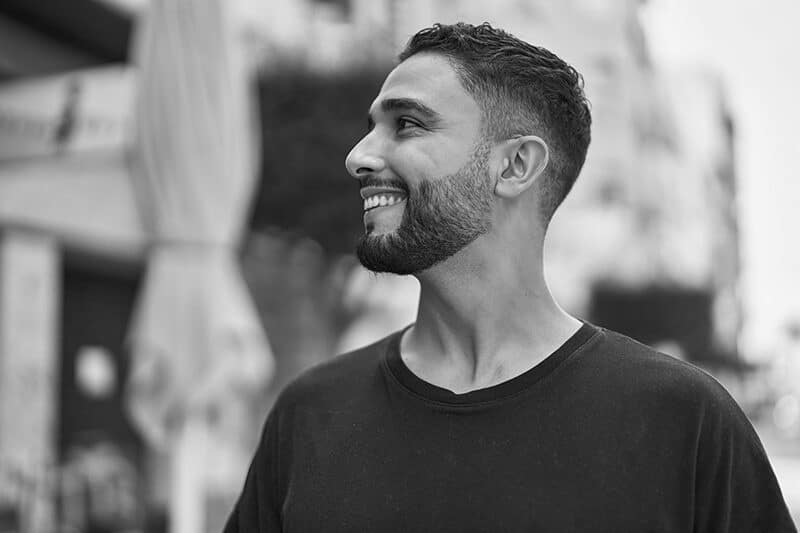
Reshaping, Resizing And Repositioning The Ears
People with prominent ears can sometimes feel self-conscious about their appearance. If this is the case for you, Dr. Burke and our expert plastic surgery team can help! Commonly known as ear surgery, otoplasty reshapes and resizes the ears, helping make them less noticeable and more aesthetically pleasing.
Benefits of Otoplasty
People who are unhappy with the appearance of their ears may seek out the otoplasty procedure. The procedure can typically be completed on one or both ears but to improve symmetry, Dr. Burke may recommend surgery on both ears. It can help:
Reduce the size of large ears
Reduce large earlobes
Reshape the ear
Correct protruding ears
Otoplasty Candidates
After the ears have grown to their full size, which is usually by the age of five, most patients become candidates for this procedure. Candidates with chronic ear conditions must be treated before undergoing plastic surgery on the ears. They should also be otherwise healthy and understanding of the surgery’s expected outcomes.
The Otoplasty Procedure
During this procedure, patients are placed under anesthesia and Dr. Burke makes incisions in the skin of the outer ears, making sure to place the incisions behind the ear or within the natural creases of the ear to minimize scarring. He will move or fold the ears into a corrected position and close the incisions with sutures. The most common correction is for protruding ears that stick out far from the head. The surgery works by reshaping the cartilage and skin of the ear to reduce the amount of projection from the side of the head.
Otoplasty is typically performed under local anesthesia and usually takes about 2 hours. Dr. Burke will make an incision behind the ear, expose the cartilage and either reshape it or remove it. The cartilage can be bent or folded to create a more natural-looking shape. The skin is then repositioned and stitched in place.
Recovery From Otoplasty
Recovery time can vary depending on the extent of the surgery, but most patients can return to normal activities within a few weeks. Immediately after the procedure, patients will need to wear dressings to support, protect and retain the shape of their new ears. Dr. Burke will remove the bandages a few days after surgery. Patients will notice some redness and swelling after the bandages are removed, and some people will need to wear a loose headband for several more weeks to continue to protect the ears. The results of surgery will immediately be noticeable, but the full results will not be apparent until several months after surgery, when the ears have had time to heal and settle into their new shape.
"Dr. Burke is truly amazing! He is an incredibly gifted surgeon and genuinely cares about you as a patient. He has never rushed me and always answered all of my questions. The best bed side manner of any Doctor I know of. Truly brilliant!"
Earlobe Reduction Surgery
Earlobe surgery, also known as earlobe repair or earlobe reduction, reshapes or resizes the earlobes. This procedure can be done to repair torn or stretched earlobes, as well as to reduce the size of overly large earlobes.
During this procedure, Dr. Burke makes an incision between the earlobe and the cheek to minimize scarring. He then removes a portion of the earlobe and stitches the lobe back together with dissolvable stitches.

Recovery From Earlobe Reduction Surgery
Earlobe reduction surgery is considered a relatively minor procedure and recovery time is generally short. Most patients can return to normal activities within a few days, but it can take several weeks for the earlobe to fully heal and for any swelling or redness to disappear. Patients with piercings may need to have their ears re-pierced several months after the surgery. In certain cases, patients may not be able to get their ears re-pierced at all.